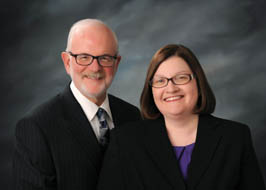More Kansans will pass the bankruptcy means test starting April 1, 2017. The income figures used in the bankruptcy formula are rising.
The means test formula uses median income data from U.S. census for Kansas. Telling us who can afford to pay back some of their general debts is the goal of the means test.
Kansas Median Income 4/1/2017
Here are the new median income figures for Kansas households starting April 1, 2017:
$47,591 one earner
$63,327 2 people
$72,981 3 people
$83,528 4 people
*add $8,400 for each individual in excess of 4
The figures rose for each family size.
Most individuals filing for bankruptcy must fill out a form listing their family size and income. About 75% of consumers pass the means test at this stage.
Families with higher incomes must fill out a second form. They subtract actual house and car payments from income then use allowances for living expense deductions.
Bankruptcy Means Test
You are not automatically disqualified. The means test decides what type of bankruptcy you may file. The means test decides how much disposable income is available to pay back general debts such as credit cards and medical bills. (The answer is none for most of our clients.)
The formula for counting income is not simple. Looking at pay stubs is just the start. Unfortunately, the means test is very complicated. We look backwards to calculate income and look forward to project expenses. Some numbers are actual, some are averages off a chart. There are all sorts of adjustments. It is not logical.
We have vast experience calculating means tests. We will do forms and the math for you.
For more information about the bankruptcy means test, you will find all the formulas and technical details on the website for the U.S. Trustee.




